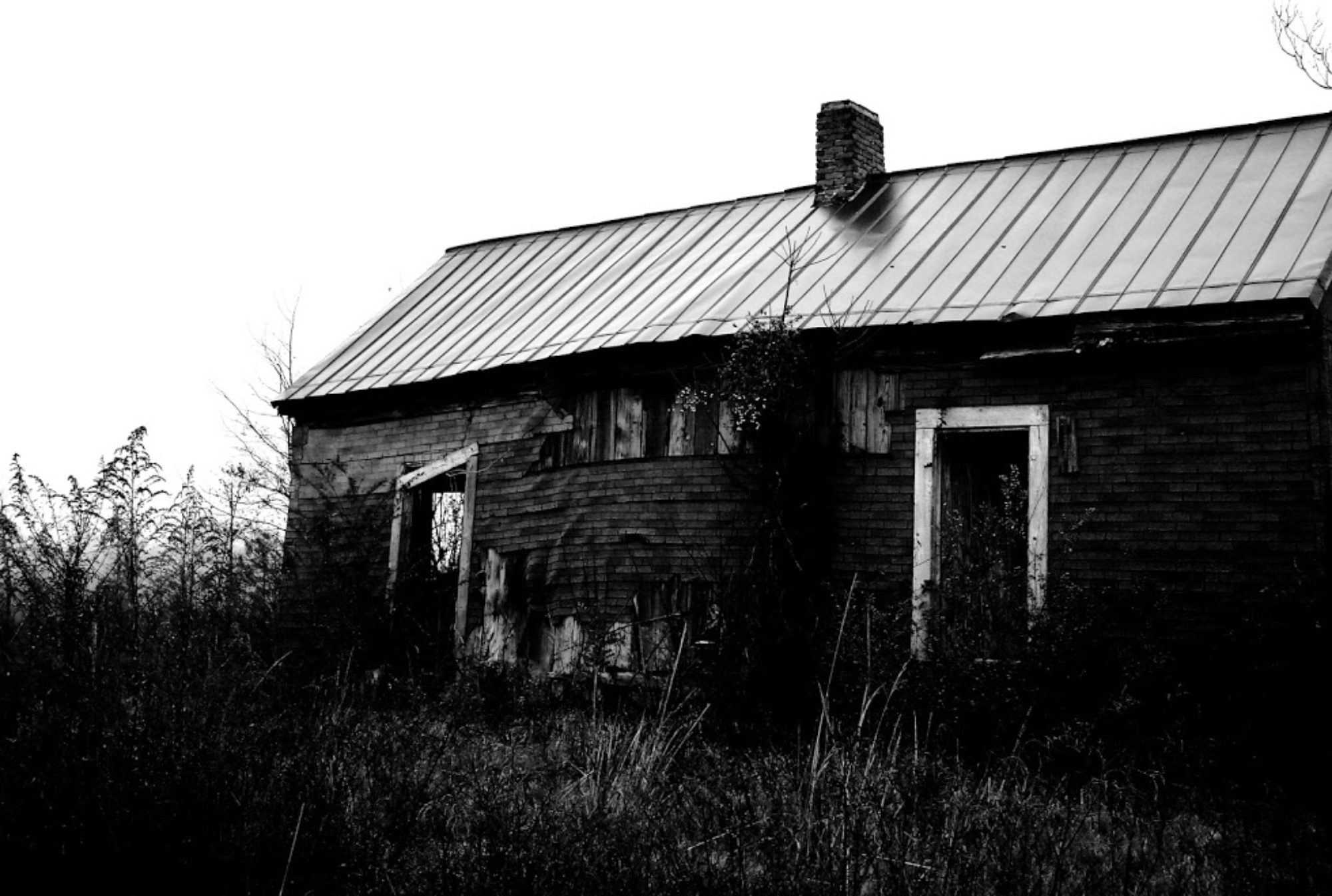With just a few weeks until the anniversary of the Stonewall Riots–the pivotal confrontations referenced as the impetuses for the US LGBT rights movement–I’ve noticed a gradual increase in Facebook posts by LGBTQ allies and LGBTQ individuals, the messages of which are infused with support and calls for acceptance. For those posts and those allies, I am grateful.
But one thing that gives me pause, not just with these messages, but in many rally speeches and calls for equality, is the attention given to people who identify as GAY–in all caps. GAY, not LESBIAN, not BISEXUAL, not TRANSGENDER, not QUEER. But GAY.
Debates about rhetoric plague every identity group and community, and the LGBTQ community isn’t immune. “Gay” has seemingly become the semantic blanket-term for all LGBTQ people, even though it most commonly references gay men. To map “GAY” onto these various identity groups adds to the welter of misunderstanding about how LGBTQ individuals identify themselves; only LGBTQ individuals can identify themselves as such, and decide if they want to be a part of a “community”–a term which is simultaneously inclusive and exclusive, a quintessential example of the us:them binary opposition entangled in one word.
And it’s when I start to deconstruct the nitty-gritty, ask myself the hard questions, that I come to realize the great differences within the LGBTQ community: the power dynamics, the alliances, the ambiguity. All too often gay men are given more attention than lesbians, and lesbians and gay men garner much more of the public spotlight than bisexual or transgender individuals. And then there are those who prefer to identify as queer rather than gay, lesbian, transgender, or bisexual.
Perhaps this “GAY” mapping is because it is “easier” for news anchors, reporters, and even members of the LGBTQ community to “get” the relationship between two men or two women than it is to understand a woman who has partners of different sexes, or an individual born male who identifies as female, who is in-transition to becoming the woman she has always felt she has been and is in a relationship with a woman who identifies as a lesbian. Identity isn’t easy; it’s always in flux. But everyone deserves recognition. We’re all people, with the only perceived differences between us being equal parts melanin and social stigma.
So, let’s not forget the “B,” “T,” and “Q.” Because between them and the “L” and “G” is where pride thrives, bound up in the connective threads that unite us, make us a community with committed allies, and not just jumbled letters. However you identify yourself, own it.
And be proud.
